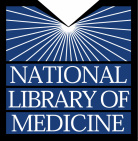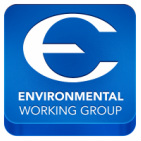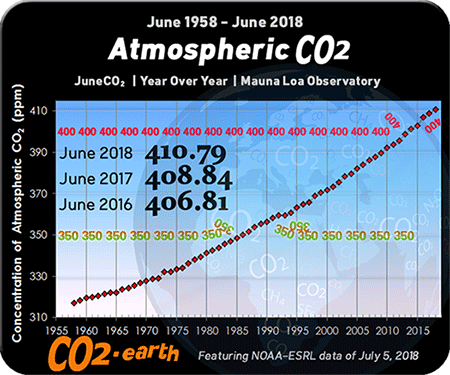About the Collection of Learning Resources for Environmental Toxicology
The resources archived on this website serve to support a two-tiered (i.e., undergraduate and graduate) course in Environmental Toxicology (BIOL 4517 & 6517) taught in person on the campus of California State University, East Bay (Hayward, California, USA) by Dr. Caron Inouye in the Department of Biological Science. The field of environmental toxicology advances at a rapid pace, so traditional textbooks become somewhat outdated rather rapidly. In addition, I have not found a textbook that adequately aligns to the teaching and learning objectives of my course. Therefore, in addition to my course presentations, learning assignments, and in-class discussions & activities, students use the resources I've posted on this website. All resources are open access. This website is a work-in-progress and is an outcome of an Alternative Learning Solutions faculty award (CSUEB).
Please contact me if you have suggestions, feedback, and/or other resources to share. Course Prerequisites Students must have successfully passed an upper-level course in animal and/or human physiology (e.g. BIOL 3151) and a full year of general chemistry (e.g CHEM 1101-2-3). Organic chemistry and particularly biochemistry are strongly recommended. Course Scope/Objectives The overarching objective of this course is to provide students with a solid understanding of the toxicology of pervasive environmental pollutants. The course builds on and reinforces the fundamentals of animal physiology and chemistry to provide a deeper understanding of the key physiological responses of wildlife and humans to certain environmental contaminants. In addition, this course includes covers how environmental toxicants are assessed for risk, monitored, and regulated. Students engage in ongoing discussions on the unsustainable practices contributing to environmental pollution, the global impact of, and possible solutions to anthropogenic pollution. Course Learning Outcomes
Top E-Resources
Encyclopedia of the Earth - Ecotoxicology

An amazing e-reference about the Earth -- its natural environments and their interaction with society. This is a free, fully searchable, and peer-reviewed collection of articles by expert scientists, educators, and other scholars. Of particular relevance to En Tox is the Ecotoxicology section. Click on the logo to access this section.
NLM Toxicology Tutorials

An interactive tutorial (reference with assessment) from the National Library of Medicine/NIH. This tutorial focuses on classical human toxicology rather than environmental toxicology, but the fundamental principles, concepts, and terminology are relevant and helpful. The physiology content is presented at a very basic level. Click on the logo to access the tutorial.
Environmental Working Group

Established in 2002, the EWG is a non-profit organization of scientists, engineers, policy experts, lawyers, and computer programmers. EWG's website is the best of the best resource for research & policy news and public education on current chemical threats to human health and the environment. Students in the course will use the interactive "Skin Deep" and "Guide to Healthy Cleaning" databases to complete group assignments. Click on the logo to access EWG's homepage.
|
|

